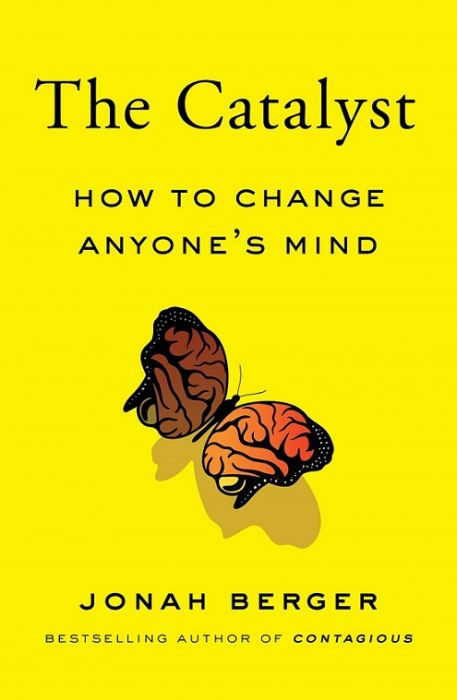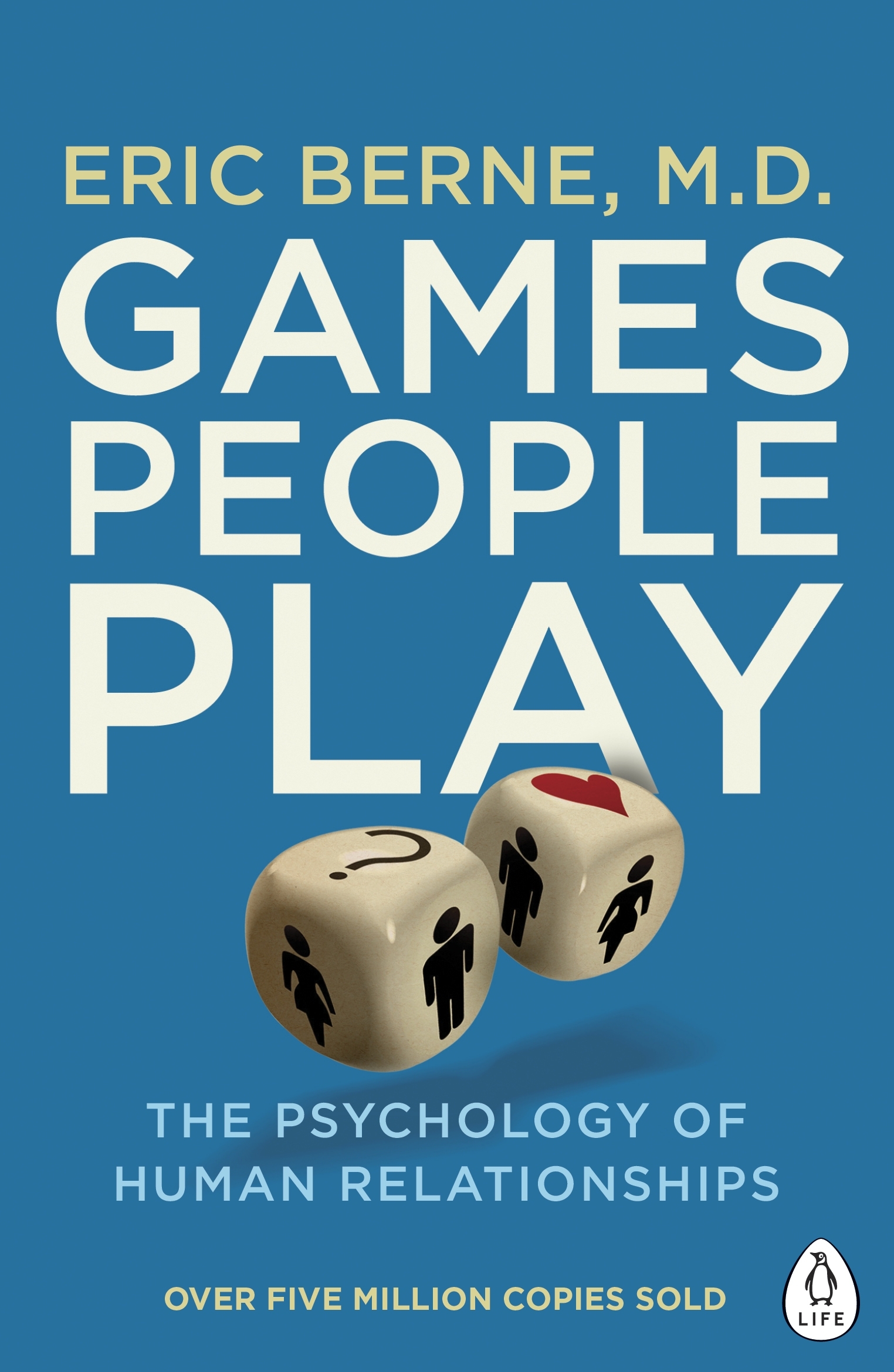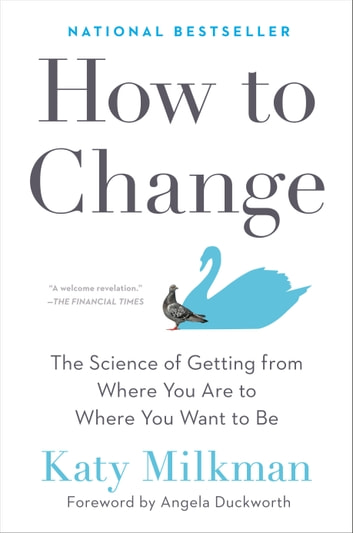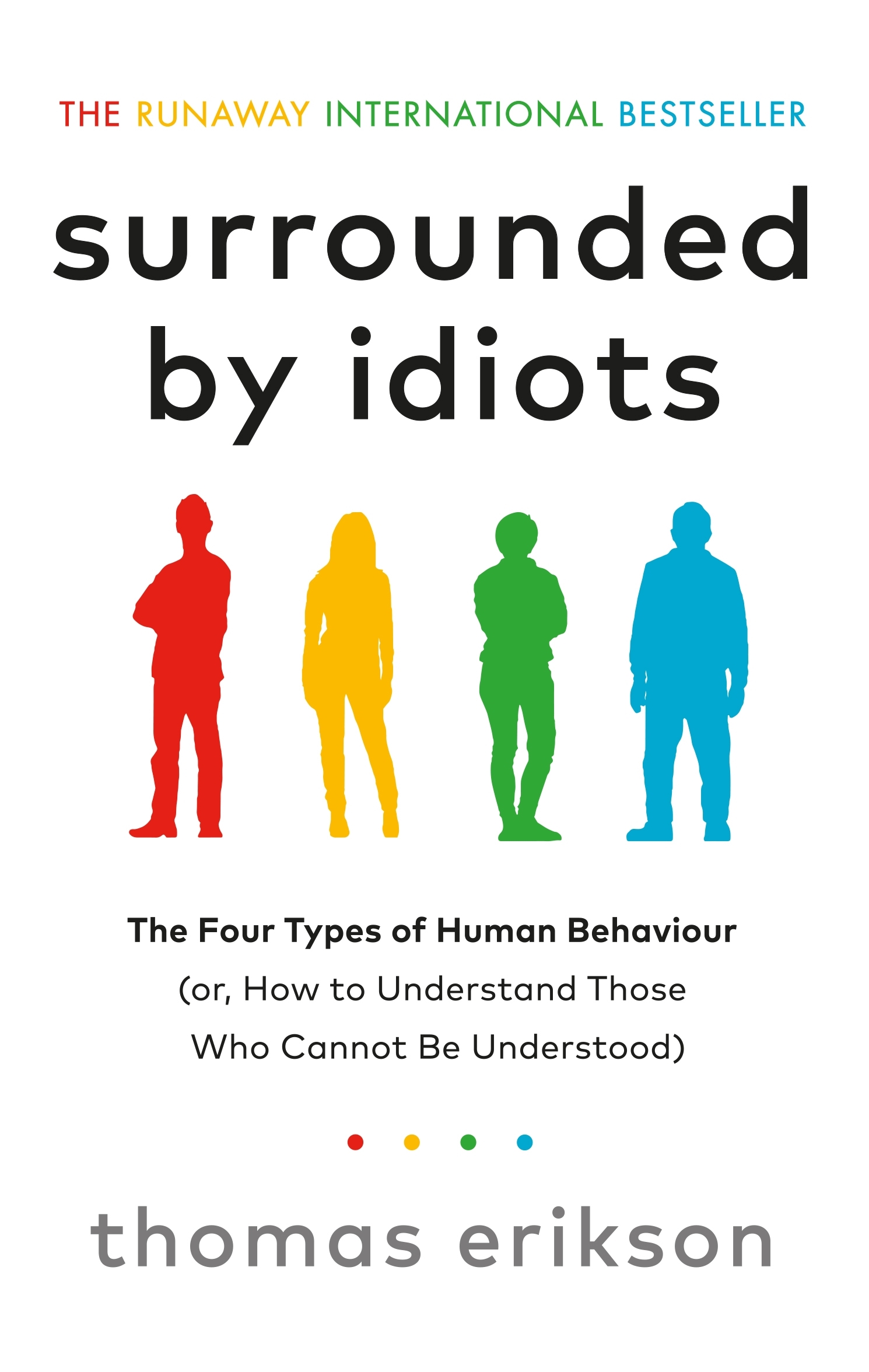Tiny Habits
by BJ Fogg
- Behaviour
- Ashto =
- Jonesy =
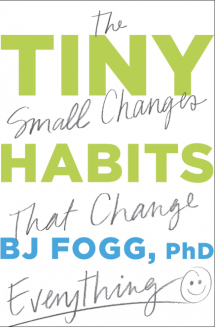
We all want some kind of change. But for most of us, there is a painful gap between what people want and what they actually do. If you have attempted to do something different in the past and haven’t seen the results, you’ve probably figured out by now that change is hard.
If you tried to put together a chest of drawers with faulty instructions and parts missing, you would feel frustrated. But you probably wouldn’t blame yourself. You would blame the manufacturer instead. Similarly, any habits you’re not happy with aren’t entirely your fault, you just haven’t yet been taught how to effectively change your behaviour.
BJ Fogg’s behaviour model boils any action down to three simple components: Motivation, Ability, Prompt. B=MAP is the combination lock to install long term habits. Grab a copy of the book here: https://www.awin1.com/cread.php?awinmid=10920&awinaffid=766963&clickref=&ued=https%3A%2F%2Fwww.bookdepository.com%2FTiny-Habits-Bj-Fogg%2F9780753553237
The Elements of Behavior
The Fogg behavior model represents the three universal elements of behaviour. It’s based on principles that show us how these elements work together to drive our every action, from flossing your teeth to running a marathon. Once you understand the model, you can start analysing all of your behaviours.
Behavior (B) = Motivation (M) & Ability (A) & Prompt (P)
Behaviour happens when the three elements come together:
- Motivation – your desire to do the behavior
- Ability – your capacity to do the behavior
- Prompt – your cue to do the behavior
Using these three elements, we can understand every single behaviour we do every single day. The easier an action is, or the higher your motivation, the more likely you will be to act when prompted. Motivation is like the emotional elephant, it can be fickle. At 7am on Monday morning your motivation is driving you to the gym, but at 7pm on a Friday night your lack of motivation is driving you to pick up a pizza. Ability is like the rational rider – if it knows exactly what to do then you’re more likely to take action when prompted, but any confusion and the rider thinks that the task is too hard and gives up.
Let’s apply these to a trivial example – the behaviour of answering a phone call. If someone rings and you don’t answer, there are a few possible explanations. Perhaps you see that it’s your boss calling on a weekend or a telemarketer calling while you’re eating dinner, so your motivation is too low and you ignore the call. Or you might hear your phone ringing at the bottom of your bag, but there’s so much crap in there that you can’t find it – you didn’t have the ability to answer the call, so it went to voicemail. Or you might have had your phone face down on silent mode, so you never got a prompt to answer it.
Now think about the positive habits you want to install in your life. Which of these three elements are stopping you from taking action? In order to install a new habit, you need to either increase your motivation, decrease the amount of effort required, or ensure you’re prompted in the right way at the right time. Or even better, all three! If you want to read more books, you should choose books that you’re interested in (motivation), leave them sitting your desk in plain view (ability), and set an alarm on your phone at 12:30 (prompt) so that you have half an hour of your lunch break to eat then half an hour to read. Or if your goal is to “exercise more”, why not start with two squats every time you go to the bathroom? You certainly have the ability – two squats is so easy that it’s almost impossible not to do it. You certainly have the ability to do such a small behaviour, and you have the prompt of going to the bathroom.
Designing Behaviour
“Scrolling in bed… I hate it, but I can’t stop doing it! Sometimes I lie in bed checking emails for so long I miss my workout”. Sound like someone you know? I (Ashto) know this feeling all too well. It all starts because I use my phone as my alarm clock. It goes off and I have every intention of jumping up and getting to it, but I always think I need to check what I might’ve missed overnight… When the alarm goes off, it’s so easy just to pick up my phone, swipe to unlock, then start checking all of my notifications.
Let’s analyse this using the ‘three elements’ model. My motivation is high – I’m the Best Man for my brother’s wedding in a few months, so shedding a few kegs is a good idea. The behaviour is small enough – get up and start skipping for a few minutes. The prompt is there – the alarm goes off every morning. The motivation and ability put this behaviour above the action line, so when prompted I should do it. But it doesn’t always work. The behaviour of skipping in the morning is easy to do, but the behaviour of checking emails is even easier.
What could I change to make the email checking behaviour less likely to overthrow my morning routine?
Motivation? Unlikely. I love seeing an email from a podcast listener giving us a pat on the back, or seeing an internationally bestselling author reply to say that they’d be happy to be a guest on our show. Motivation is likely to remain high with this one.
What about ability? This is where I found a big opportunity for change. All I had to do was make it harder to check the inbox first thing in the morning. I could delete the app from my phone and only check emails on my laptop. I could put my phone on the other side of the room so I had to physically get out of bed to stop the alarm. I could use an old-school alarm clock and charge my phone in another room so that I didn’t grab my phone as my first action of the day.
If you can’t change one component of the Behavior Model (motivation in this case), then you focus on changing the others (ability and prompt). With enough tinkering, you can design for almost any behavior you want to do and short circuit the behaviours you don’t.




